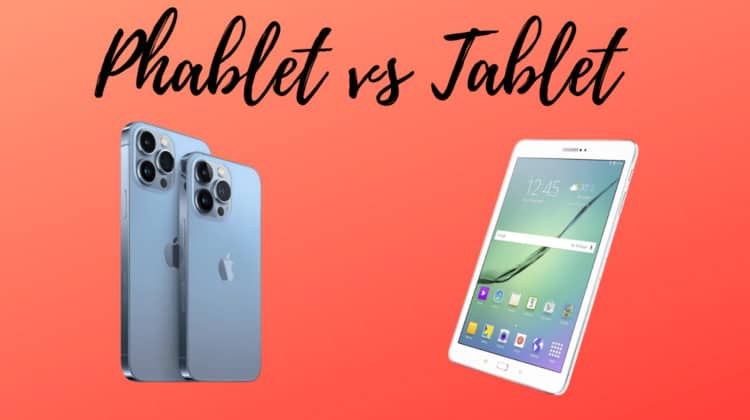
The term ‘phablet’ did not exist back when phones displays were minuscule. After all, we did start out using monochrome displays on phones like the Nokia 3310 and Nokia 2100. Back then, most people figured we’d never see phones with displays over 5 inches, but what do they know! When phones with displays over 5 inches started appearing around 2011, the term phablet, formed from combining the words phone and tablet, was finally born. But what are the real differences between the two — phablet vs tablet? Read on to learn all about them!
Phablet vs Tablet
Today, most smartphones can be considered phablets as the displays are well over 5 inches diagonally. Even budget phones boast screens that are over 6 inches in size. Of course, many people choose to own smaller smartphones since they’re easier to handle and easier to slip into your pocket.
One minor difference between phablets and tablets that applies today is mobile connectivity. While you get plenty of LTE tablets in the market, most people choose to buy the WiFi models instead. Another difference is that tablets typically pack a lot more battery capacity. But let’s just pit the two against each other in our phablet vs tablet comparison and see what makes them truly different.
Phablet vs Tablet: Features Face to Face
Even though we have obvious differences between tablets and phablets, let’s do a deep dive to see where a tablet would be indispensable and vice-versa.
Design and build
Modern phablets compete at a very high level for a slice of the smartphone market — and this means that we’re looking at amazing designs all around. And that goes for the build material as well, since many premium phablet manufacturers use materials like metal and glass to make their products more appealing to users.
Of course, that doesn’t mean that tablets are ugly to look at! If you look at some of the top-selling tablets from Samsung or Apple, they’re works of art. Throw in all the amazing cases that you get for tablets, and you’re looking at a very attractive gadget.
That said, it’s pretty evident that the big manufacturers definitely put more effort into designing phablets, so phablets would win this round.
Device size and Screen size
Speaking of display size, this is a relatively easy win for tablets as most of the units available nowadays come with screens that easily measure over 9 inches. And since tablets are primarily used for consuming content of all kinds — be it movies, games, or your favorite TV shows — these devices are equipped with rich and crisp displays.
And as the display is large, the tablet tends to be large as well. In comparison to phablets, tablets can be a bit unwieldy. But then again, it’s not common to see people use the two in similar scenarios, as people usually use tablets on a desk or while relaxing on a couch.
Is the trade-off worth it, though? We say yes, and give this round to the tablets. All that extra screen area is totally worth it! Watching a movie on your tablet while traveling is a life-altering experience, and while phablets can do the job as well, it’s not quite the same.
Devices and peripherals
When it comes to peripherals for tablets, you get Bluetooth keyboards, folio cases, styluses, and some very stunning cases. In fact, the accessories market for tablets is a lot stronger than it is for phablets, as you typically only shop for cases to go with your phablet. Having a full-fledged keyboard to go with your tablet means that you can carry your work with you and comfortably edit documents or type emails on the go.
Using a stylus is also a huge advantage when you’re trying to take down quick notes or using your screen as a whiteboard, or even enjoying the occasional doodling session. Meanwhile, phablets that feature a stylus are becoming rare.
Many tablets also support using a mouse via Bluetooth, or you could opt for a keyboard with a built-in touchpad. Like this iPad keyboard case with touchpad — read the reviews if you need any more convincing!
When it comes to peripherals and accessories, tablets score over phablets.
Portability and grip
Though people with tiny hands may disagree, phablets are pretty easy to handle once you get the hang of it. Many manufacturers focus on the handling aspect during the design phase of phablets so that users experience ease while using their devices.
On the other hand, Tablets are getting larger as time passes, but that’s mainly because people don’t really use them the same way they use smartphones. It’s expected that you will park your tablet in one spot when you use it. But it is still tricky to handle a tablet, and it’s all too common to see people with cracked screens. There’s an easy solution for this, though — get an extended warranty, a good case, and tempered glass for your tablet. Here’s a seller we found on Amazon that offers screen protectors for both Apple and Samsung devices.
When it comes to portability, phablets score an easy victory over tablets!
Display
The bigger the display and the better the pixel density, the happier your eyes will be. Of course, there are factors like brightness and contrast, but any way you look at it, we feel that tablet displays are superior to phablets. Be it Samsung or Apple or a Microsoft Surface, the viewing pleasure is amplified compared to watching stuff on your phablet device. And the tablets from the big brands come with AMOLED screens, rich color detail and accuracy, great refresh rates, and more. All in all, the display is the best part of owning a tablet!
Media
There was a time when it was difficult to find apps that would run on tablets, but that has completely changed with the rise in the popularity of tablet devices. Today, you not only have tablet-specific apps, but you can also access all types of files with your tablet and use it the same way you would use your PC or Mac. Phablets can support every type of media, so we think it’s a tie between phablets and tablets for this round.
Battery
The only reason that phablets can’t keep up with tablets for battery life is because of the form factor. What you gain in convenience and portability, you miss out on in extra usage! Thankfully, battery life is a primary talking point for any respectable tablet, so this has forced manufacturers to pack high-quality batteries into their tablets. It is pretty common to get 10-12 hours of continuous use out of a tablet, whereas today’s phablets offer about half of that. Easy round for the tablets!
Storage capability
Phablets come with excellent storage capabilities, as do tablets. It’s a simple mantra when it comes to storage — the more you pay, the more you get. Of course, this also means that you may need to shell out quite a bit more when it comes to more storage. You could work around this by regularly cleaning out your hard drive and choosing to store your data on a cloud service instead. When it comes to storage options, both phablets and tablets are on equal footing.
Camera
Even though the cameras on tablets have evolved and you can snap a mean selfie on your iPad, tablets may never catch up with the kind of amazing camera technology that today’s phablets are equipped with. In a social-media-crazed world, phone manufacturers have gone the extra mile to pack their gadgets with the best optical machinery possible. In contrast, tablet users are slightly less demanding, asking only that their video calls be clear!
So thanks to better lenses, better AI, better hardware, and more flexibility, phablets win the camera round.
Communication
Most big-name manufacturers supply tablets that support network carriers, but it’s more common to see people use WiFi tablets. After all, it will never not be strange to see someone holding up their tablet and making a call. People also choose to make video calls on their phablets over tablets unless it’s a long conference call on Zoom. So even though typing can be more fun on tablets, when it comes to communication in general, phablets are a better choice.
Types of use
Plan to make a call? Use your phablet. Want to sketch something to kill time? Use your tablet. Want to read an article while you’re traveling? Use your tablet. Want to check Google maps before you get down at the next station? Use your phablet!
As you can see, there are times when each device is better than the other, but that comes down to specific purposes. That said, tablets offer a kind of luxury, doing what your smartphone does on a larger scale. But does that beat the convenience of a phablet? We think not. When it comes to versatility, we have to give the round to phablets.
Connectivity
Phablets come with powerful antennas, LTE capabilities, Bluetooth tech, NFC (near-field communication), and some phablets even feature infra-red sensors. Though tablets can do a lot more than they could a decade ago, the phablet is still king when it comes to connectivity.
App and software usage
Smartphones and phablets will always be more in number when compared to tablets, as popular as tablets may become. This directly translates to more apps and software being available for phablets than tablets. You can still use many apps using simulator software — but it’s simply not the same experience. Take Instagram, for example — using it in a rich, full landscape version on your tablet versus a smartphone emulator would be radically different.
On the flip side, it’s a lot more fun to play games on your tablet. The larger screen helps and makes the games more immersive, and if you want to step it up a notch, you can always connect your tablet to your TV. But here’s hoping we see many more app developers adapt popular apps for tablets, even though many already do!
For now, the phablet wins when it comes to apps!
Standout Features
If you’re still deciding between a phablet and a tablet, here are a few points you need to consider:
Tablet Pros
- Display — You will never experience on a phablet what you will on a tablet.
- Stylus support. Once you get hooked to it, you’ll find it indispensable. Also, drawing is fun!
- The battery life. Imagine not having to charge a device constantly. Tablets only need the occasional charging session if you’re a casual user.
- You can actually get work done on a tablet.
Phablet Pros
- Convenience — this is a dealbreaker. The convenience of having a device this powerful in your pocket is something that tablets can’t match.
- The camera capabilities of phablets are pretty superior to tablets.
- You can make calls comfortably.
Price
Pricing is quite different for different tablets and different phablets, as it depends on the specs and features of the devices. But generally speaking, tablets are much cheaper than phablets. This is because phablets pack a lot more in a smaller body in comparison, and we mean that both literally and figuratively.
If you’re looking for an Apple tablet, we wrote an in-depth article about every iPad launched since 2010 that you should definitely read. And once you’re done with that, head over to Amazon for a peek at the newest models!
And if you’re looking for an Android tablet, may we interest you in our list of best Samsung devices?
Alternatively, you can always go for something affordable like the Amazon Fire HD 10 (our full review), which is also listed on Amazon.
Conclusion
How did you enjoy our phablet vs tablet comparison? Were we able to influence your shopping decision? We tend to favor tablets because we love our content and sketching too! Plus they’re more fun to browse the Web on. But phablets are ideal for people who want a device that does it all — you can make calls, use various apps, watch the occasional video, and play games on. We’d love to know what you picked, so leave us a comment!

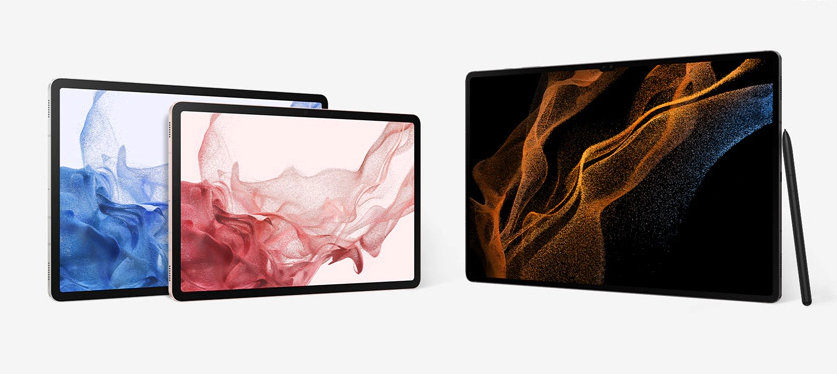
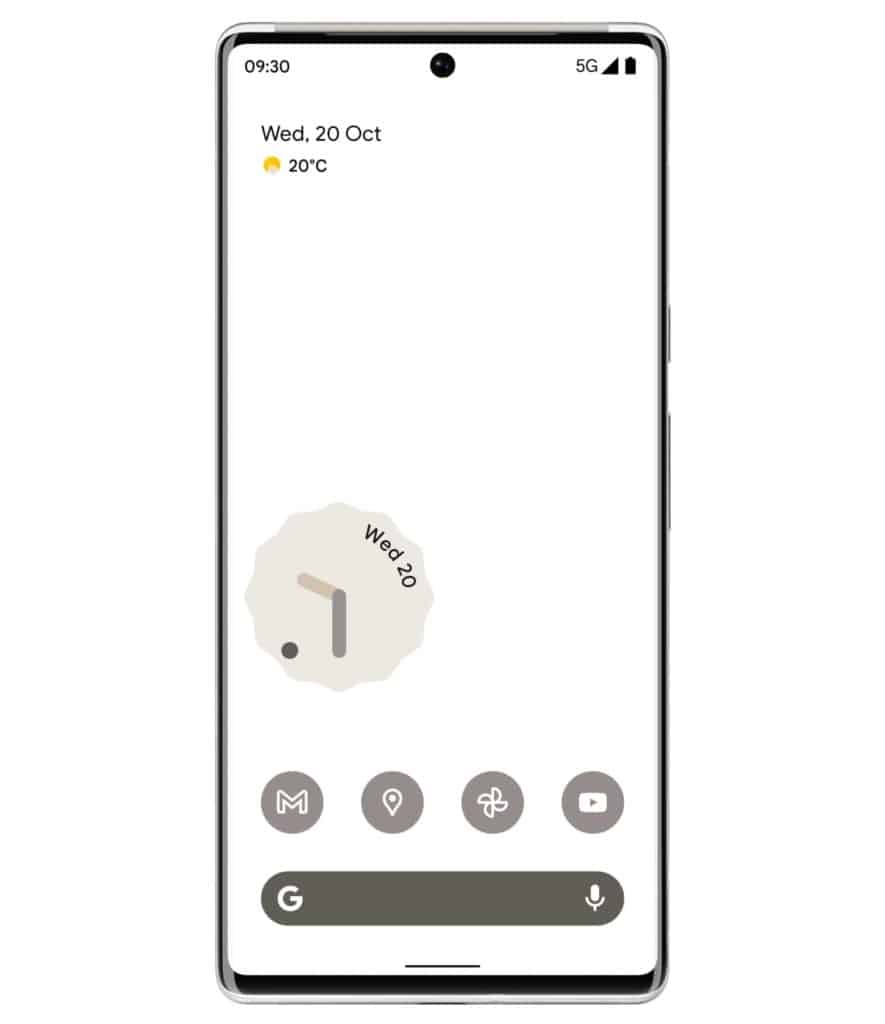
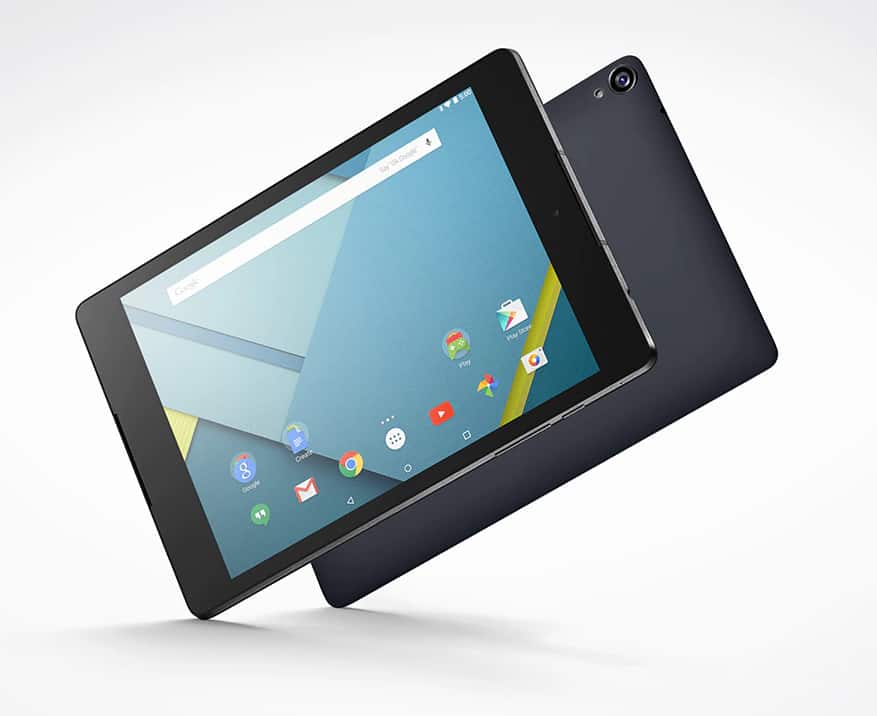
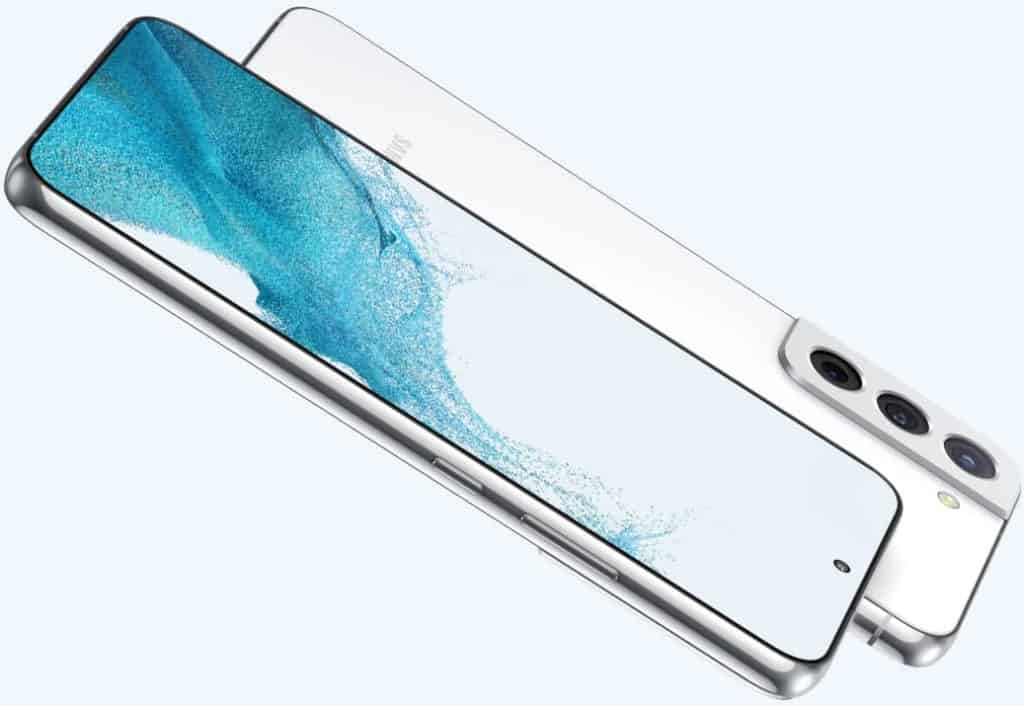
Leave a Reply